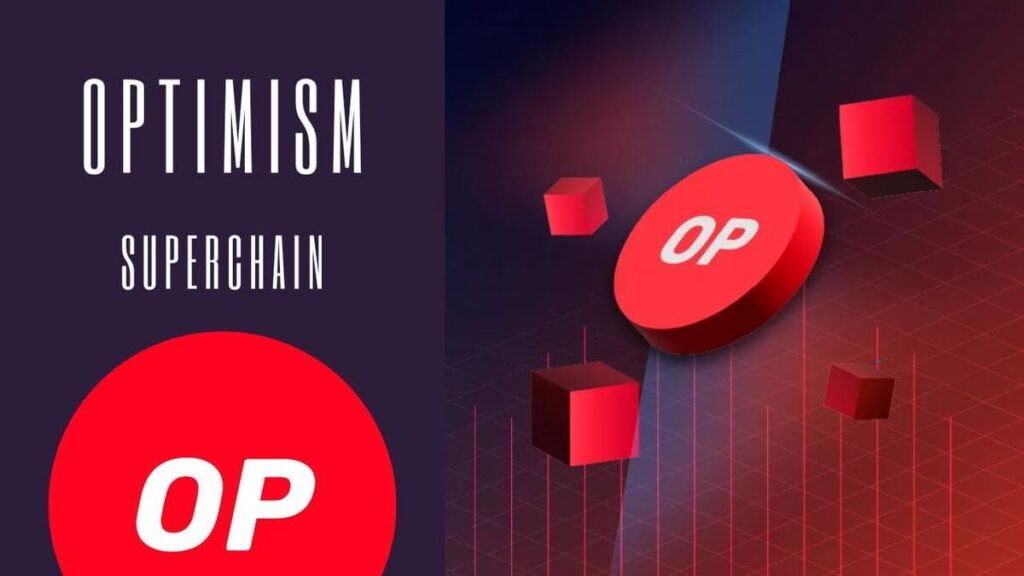TL;DR
- Optimism plans to introduce native interoperability for its Superchain in 2025, facilitating transactions across ecosystem networks.
- The new native interoperability aims to address current issues of cost and slowness, enhancing user experience by making it feel like operating across multiple networks is like working with a single blockchain.
- OP will include universal token standards, such as SuperchainERC20, to improve efficiency and liquidity within the Superchain, which already spans networks with $14.8 billion in assets.
Optimism has announced its intention to implement native interoperability for Superchain networks in 2025, with the goal of simplifying transactions between different networks within its ecosystem.
Currently, transactions between Superchain networks are considered costly and slow due to reliance on Layer 1 Ethereum for communication and asset transfers. The new native interoperability aims to solve these problems and provide a smoother user experience, making it feel like operating across multiple networks is the same as working with a single blockchain.
Solving Interoperability for the Superchain and beyond.
The goal is to build a unified Superchain where users, assets, and developers move seamlessly across the network and beyond.— OP Labs (@OPLabsPBC) August 12, 2024
Optimism’s plan includes the introduction of universal token standards, such as SuperchainERC20, which will facilitate asset fungibility across Superchain chains. This aims to improve transaction efficiency and increase liquidity within the ecosystem. OP expects these enhancements to make Superchain the most significant liquidity layer for developers, rivaling the liquidity of major Layer 1 networks.
Optimism Faces Competition but Aims to Go Further
Optimism’s Superchain currently includes several networks such as OP Mainnet, Base, Fraxtal, Metal, Mode, Redstone, Worldcoin, and Zora, which together manage assets worth $14.8 billion and process 4.5 million transactions daily. The introduction of native interoperability is designed to address liquidity fragmentation and user experience challenges associated with the expansion of Ethereum’s Layer 2 ecosystem.
As Optimism advances, it also faces increasing competition. Projects like ZkSync and Polygon are developing their own interoperability solutions for Layer 2 networks, reflecting what appears to be a general trend towards the integration of blockchain ecosystems.
Optimism is aware of these challenges and aims for Superchain to function in such an integrated manner that users do not need to worry about the underlying chain, similar to how web2 application users do not think about the cloud service provider they use.
The implementation of native interoperability will begin on a developer network, followed by a test network, and is expected to be fully operational on the mainnet by early 2025.











